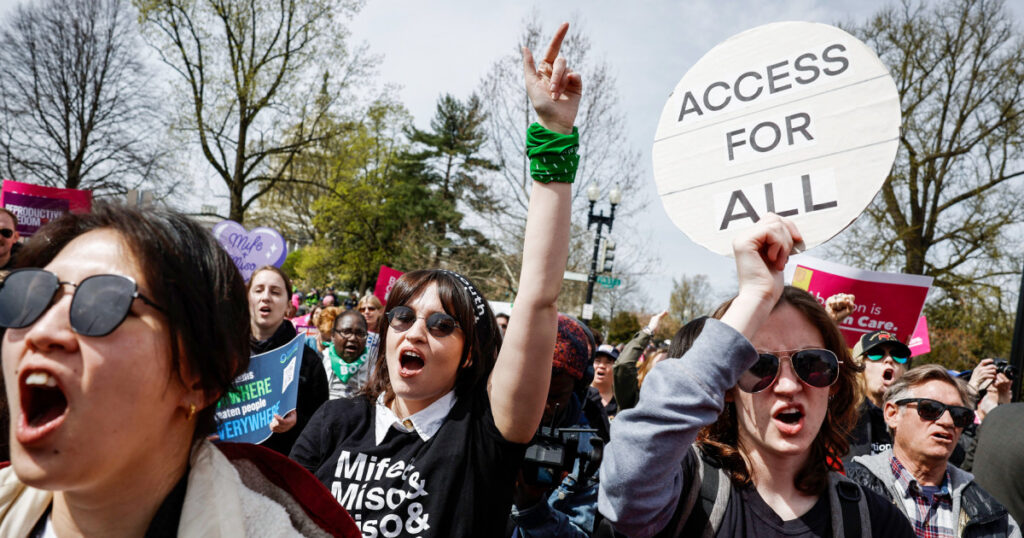The Supreme Court heard oral arguments Tuesday morning in a case that has everything to do with abortion and, at the same time, nothing to do with abortion. The court will decide whether the Federal Drug Administration acted properly in 2016 and 2021 when it made it easier for women to obtain mifepristone, one of the two drugs used in medication abortions in this country. At the same time, this case has nothing to do with abortion. It’s about whether the FDA, a federal executive agency, acted within its power when in 2016 and 2021 it loosened the restrictions on the distribution and use of a drug it approved for use in 2000.
Virtually two-thirds of women who obtain abortions in America, do so via medication abortions.
In almost two hours of oral arguments, the justices spent the vast majority of time addressing the biggest legal hurdle in this case: whether those who sued to invalidate the FDA’s decisions have legal standing to do so. And a majority seemed to be convinced that they do not. That will likely prove to be the safety hatch that lets the court avoid the larger questions dealing with reproductive rights that it left open with its Dobbs v. Jackson decision in 2022.
Since Dobbs, the number of women obtaining abortions has actually ticked up in this country. And significantly for the case now before the court, virtually two-thirds of women who obtain abortions in America, do so via medication abortions, which include taking mifepristone and one other drug.
Though mifepristone, according to some studies, is safer than Tylenol, it’s more difficult to obtain. In 2016, the FDA allowed physician’s assistants to prescribe the medication and allowed it to be used up to the 10th week of pregnancy. (It had previously set the limit at seven weeks.) In 2021, the FDA allowed pharmacists to prescribe mifepristone directly and allowed it to be obtained via telehealth appointments and dispensed through the mail. The ability to dispense mifepristone through the mail…
Read the full article here





